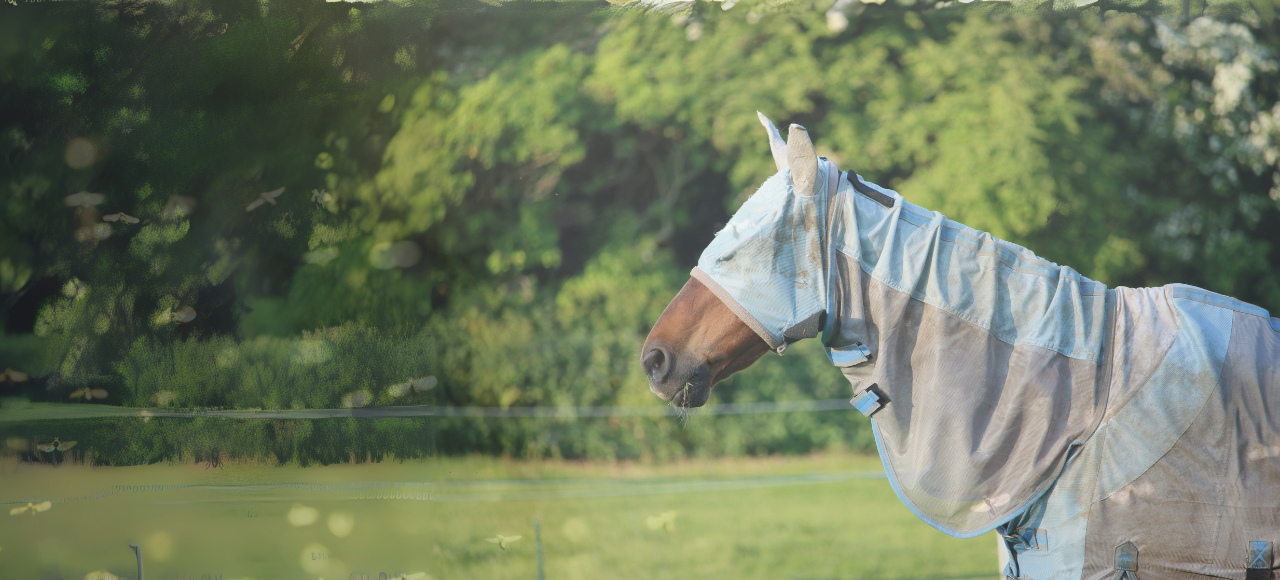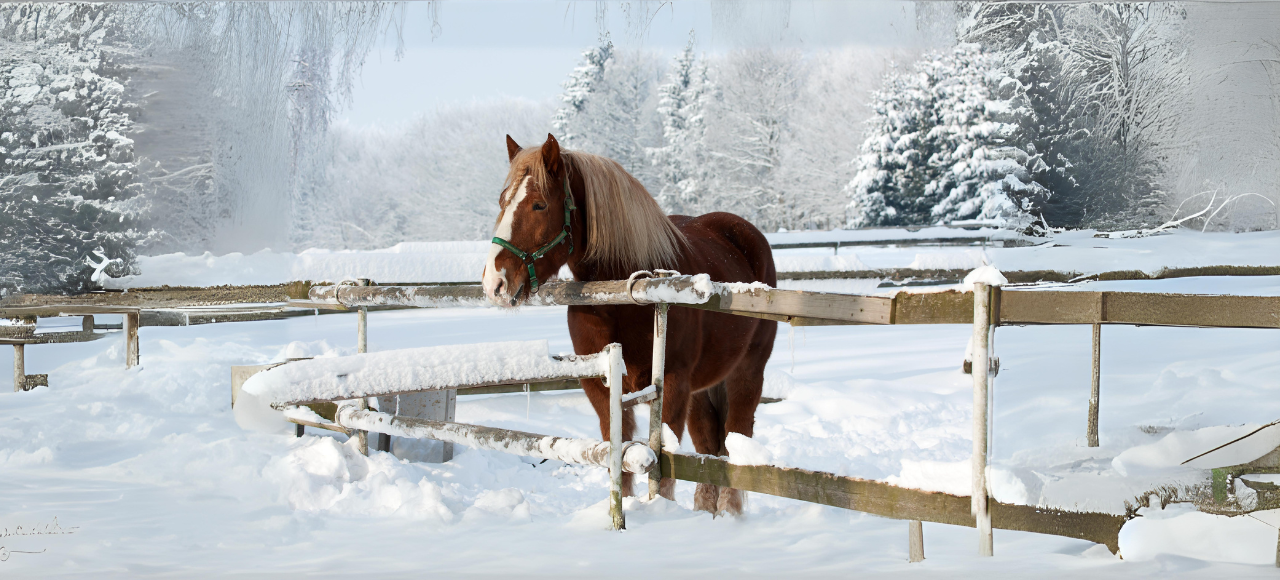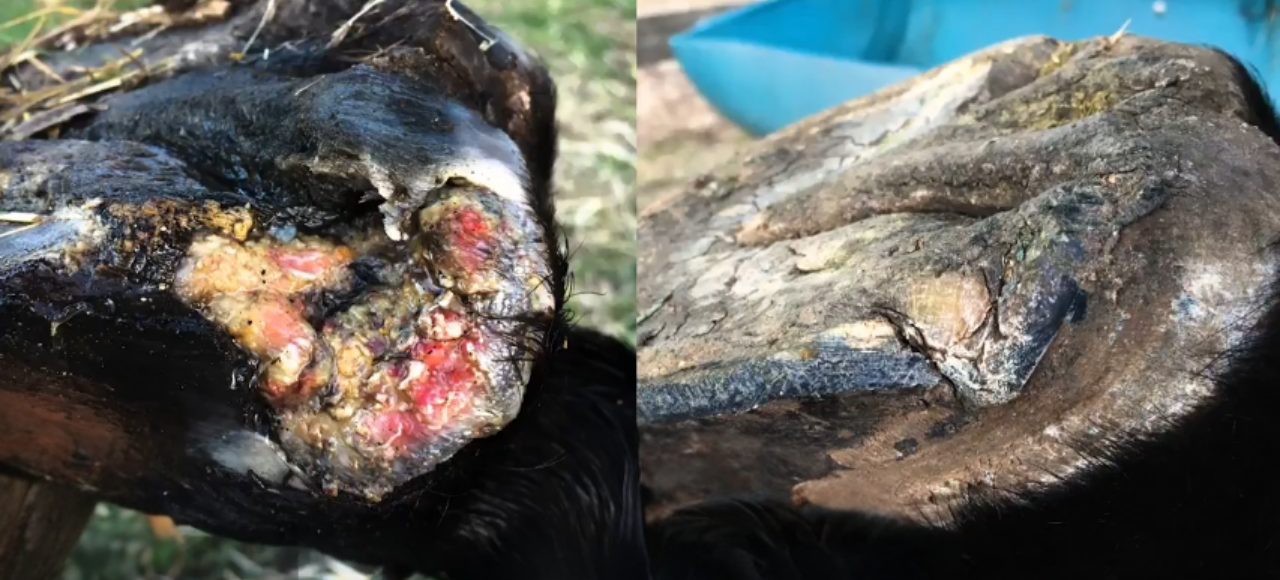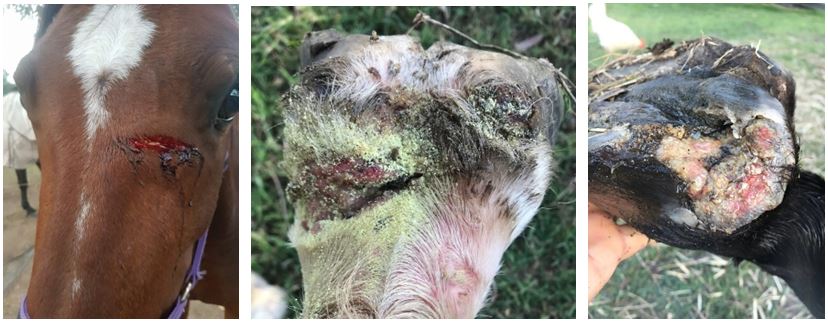
Summer brings scorching heat, buzzing insects, and unique challenges for horse owners. Proper grooming isn’t just about keeping your horse looking great—it’s essential for their health, comfort, and well-being during the hottest months of the year.
From managing sweat and sun exposure to protecting against pests, adopting a thoughtful summer grooming routine ensures your equine friend stays happy and healthy all season long.
Daily Grooming Routine
- Brushing
- Remove sweat, dust, and loose hair.
- Use specific brushes for sensitive areas (e.g., face, legs).
- Hoof Care
- Clean hooves daily to prevent infections like thrush.
- Inspect for cracks or injuries caused by dry or hard ground.
- Apply hoof moisturizers to combat dryness from heat and dust.
- Schedule regular trims with a farrier.
- Hydration Check
- Ensure access to clean, fresh water.
- Incorporate electrolytes for horses working in the heat.
- Recognize signs of dehydration.
Managing Sweat and Heat
- Bathing Tips
- Use cool water baths to help your horse cool down.
- Choose horse-friendly shampoos to avoid stripping natural oils.
- Sweat Management
- Remove sweat marks with a damp sponge to prevent skin irritation.
- Cooling Techniques
- Use cooling products like neck coolers or cooling sheets if needed.
Fly and Pest Protection
- Fly Repellents
- Apply fly sprays or use natural alternatives.
- Protective Gear
- Equip your horse with fly masks and lightweight fly sheets.
- Stable Hygiene
- Clean stables and remove manure regularly to minimize flies.
Skin and Coat Care
- Sun Protection
- Apply sunscreen on sensitive areas like the nose.
- Use light-colored rugs to reflect heat.
- Check for Skin Conditions
- Inspect for heat rashes, irritations, or sores.
- Use aloe vera or soothing balms for minor skin issues.
- Choose grooming tools that suit your horse’s coat type.
Feeding and Nutrition Adjustments
- Provide electrolyte supplements to replace salts lost through sweat.
- Offer access to shade and avoid overfeeding high-energy feeds.
Monitoring and Health Checks
- Keep an eye on your horse’s behavior for signs of heat stress.
- Schedule regular check-ups with a vet to address seasonal concerns.
CONCLUSION
Caring for your horse during summer is about more than just grooming—it’s about ensuring their comfort, health, and happiness in challenging conditions. By following these essential tips, you’ll keep your horse cool, protected, and thriving all season long. A little extra effort goes a long way in strengthening your bond and ensuring your equine friend enjoys the summer as much as you do!
Further reading:








